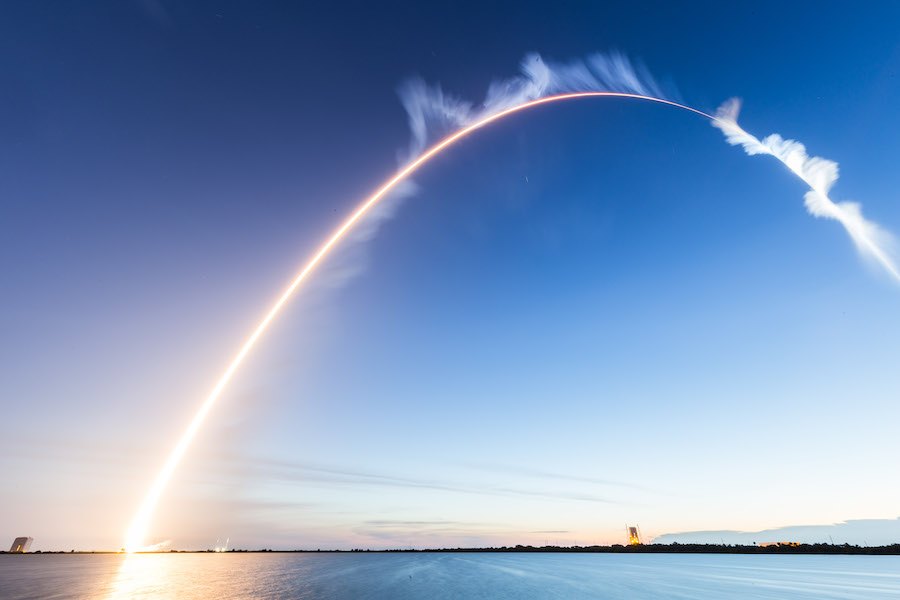
Skywatchers and early risers across Florida enjoyed dazzling views of a United Launch Alliance Atlas 5 rocket climbing into space Thursday morning from Cape Canaveral with a U.S. military communications satellite.
Flying in its most powerful configuration with five strap-on solid rocket boosters, the Atlas 5 blasted off from pad 41 at Cape Canaveral Air Force Station at 6:13 a.m. EDT (1013 GMT) Thursday, more than a half-hour before sunrise.
ULA’s launch team kept the 197-foot-tall (60-meter) rocket on the ground for 29 extra minutes as engineers evaluated several technical issues involving the Atlas 5’s GPS tracking system, the rocket’s first stage steering system, and a concern related to data patching.
The launch team resolved all the technical issues and gave approval to proceed with the final four minutes of the countdown.
The delay ended up placing the Atlas 5’s launch time at the right moment in the morning twilight to allow the rocket to climb into sunlight high up in the atmosphere around two minutes into the mission. The sunlight illuminated the Atlas 5’s exhaust plume and ice particles, creating a prominent teardrop-shaped cloud in the sky.
The rocket’s five strap-on boosters and payload fairing also shimmered in the morning sun as they fell into the Atlantic Ocean east of Florida, adding to the spectacle.
Thursday’s mission marked the 80th flight of an Atlas 5 rocket since August 2002, and the first Atlas 5 mission this year. It as the 10th orbital launch from Cape Canaveral so far in 2019.
See our Mission Status Center for continuing coverage of the flight.
We’ve posted more photos of the Atlas 5’s launch below on this page.
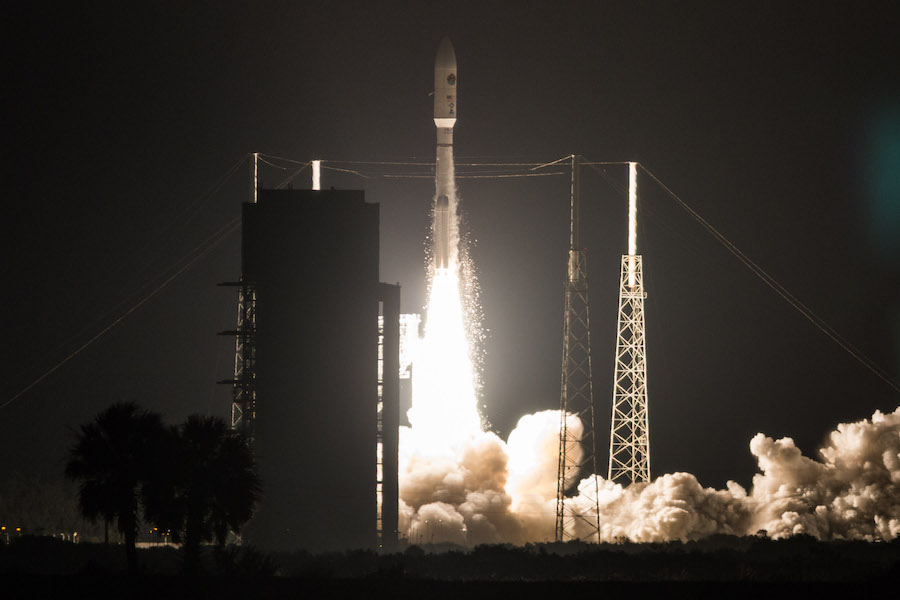
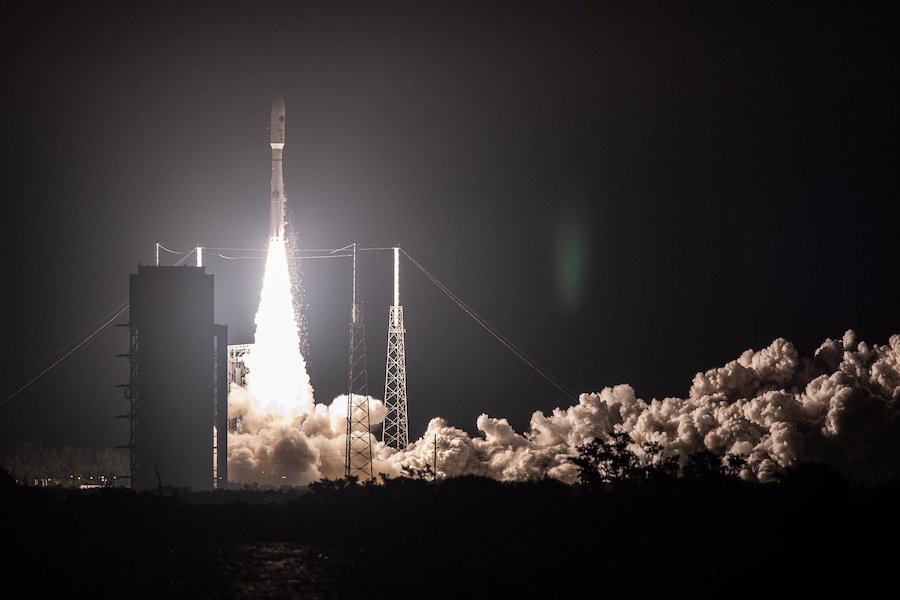
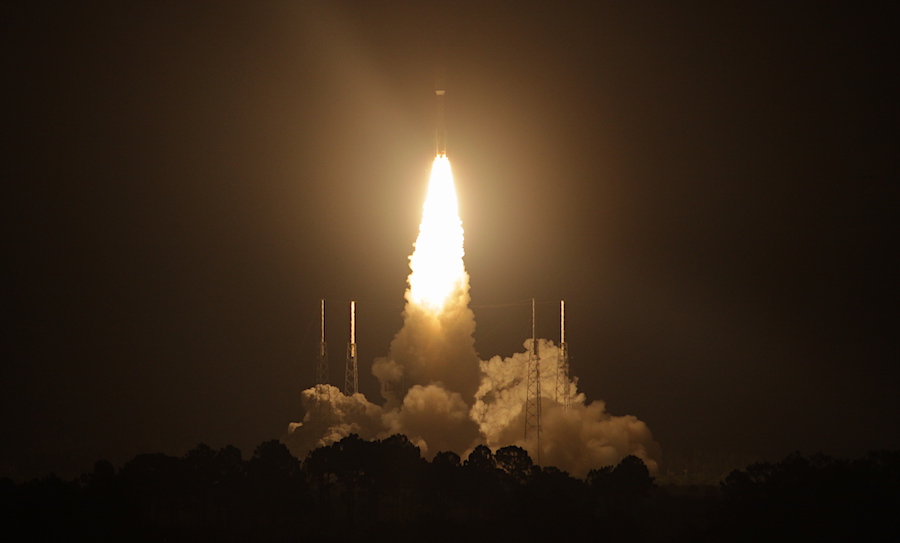
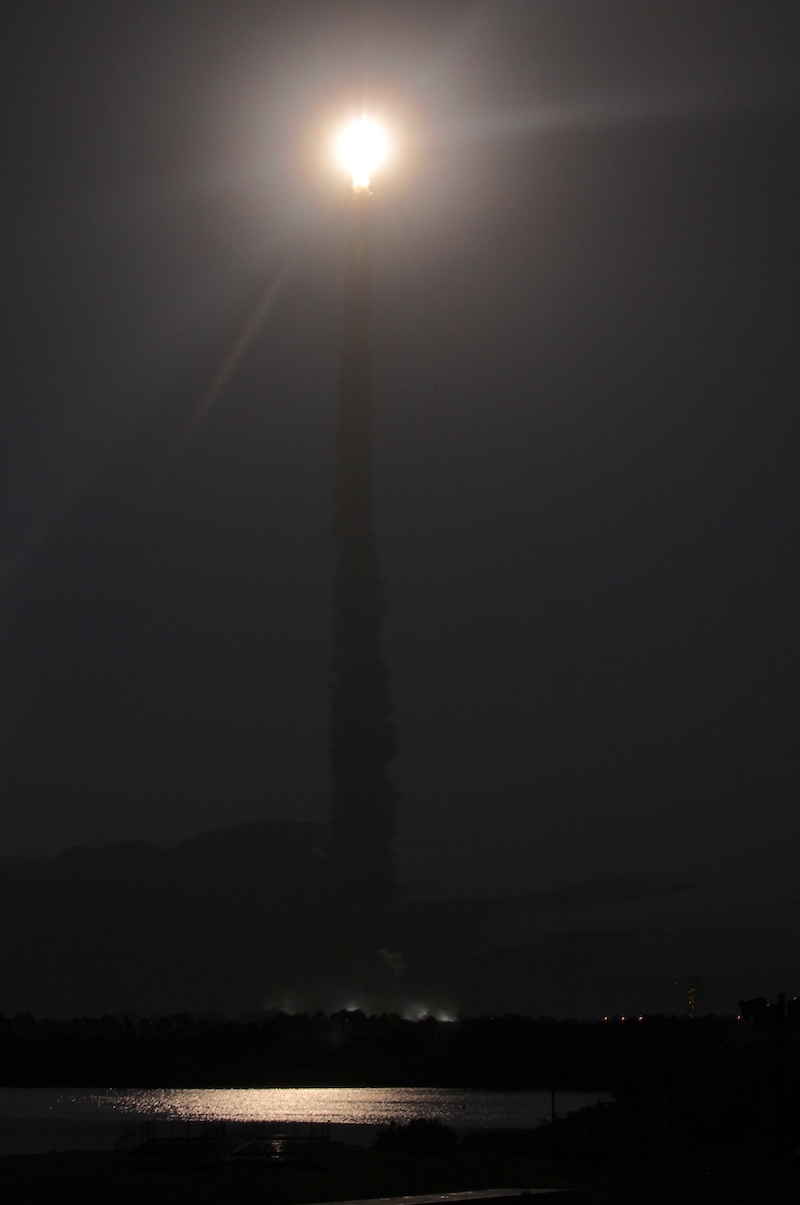
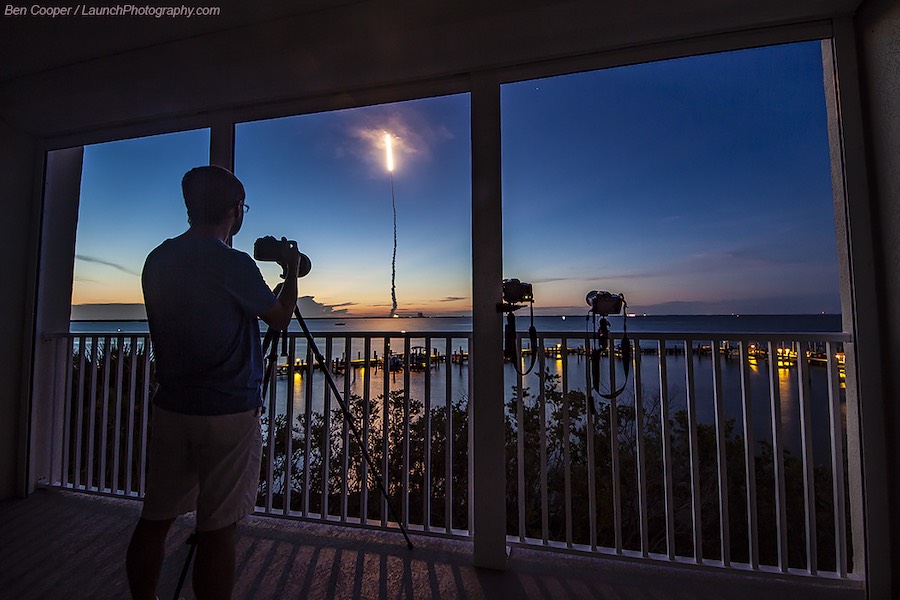
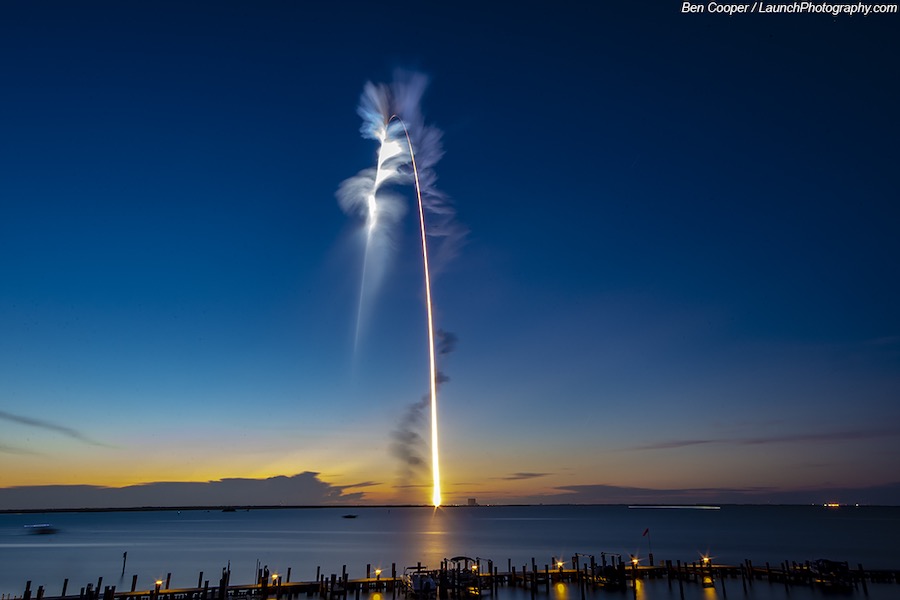
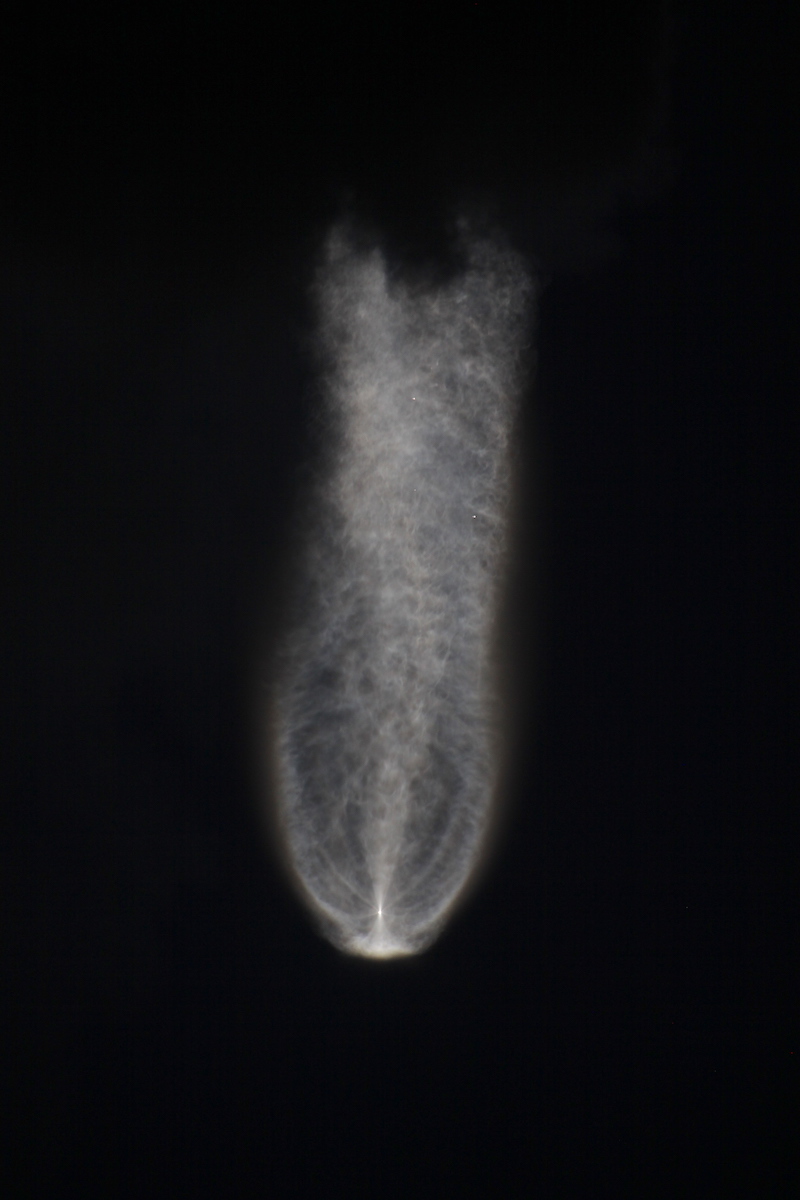
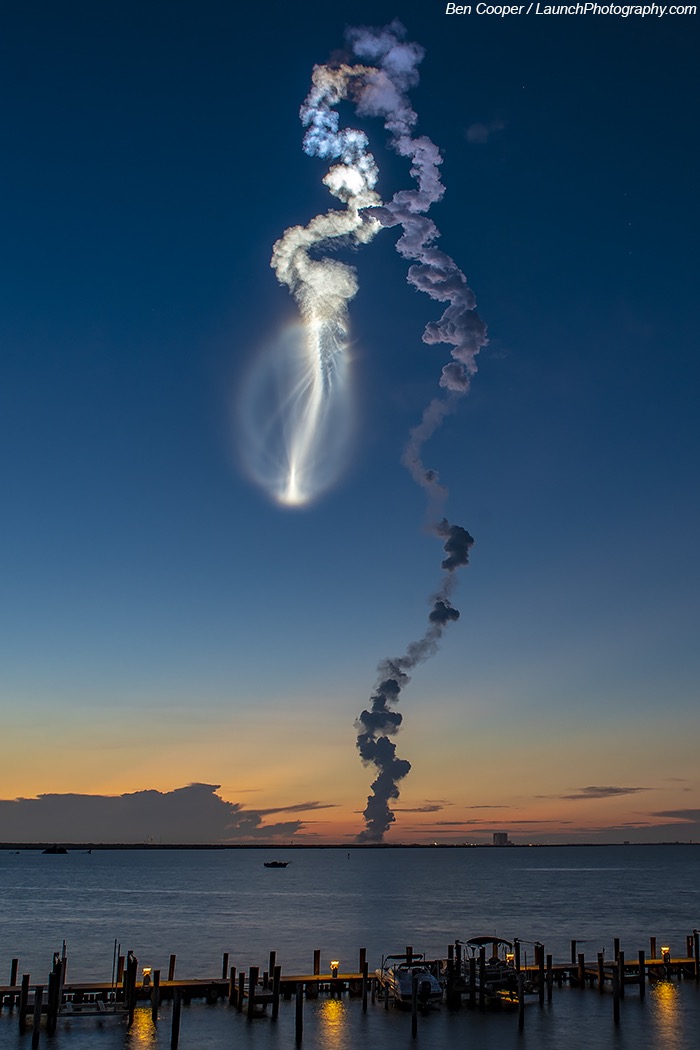
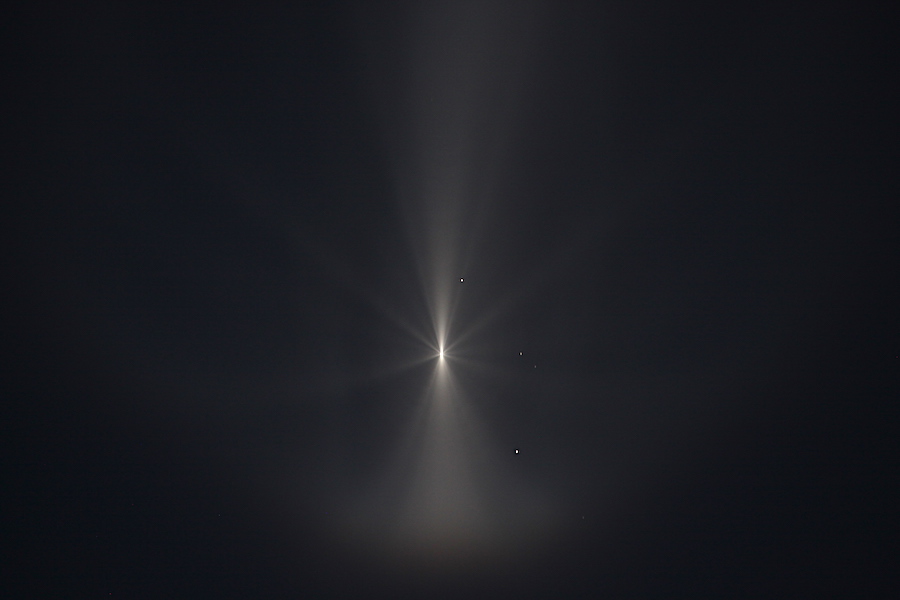
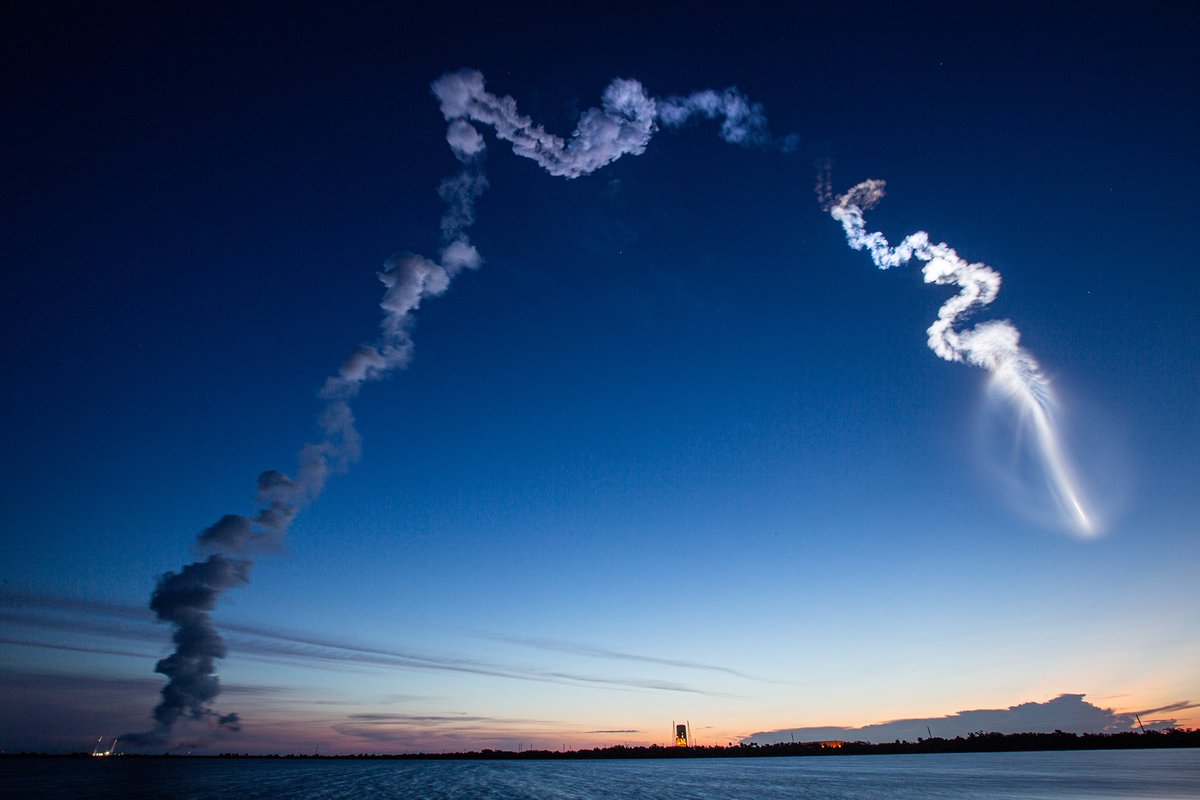
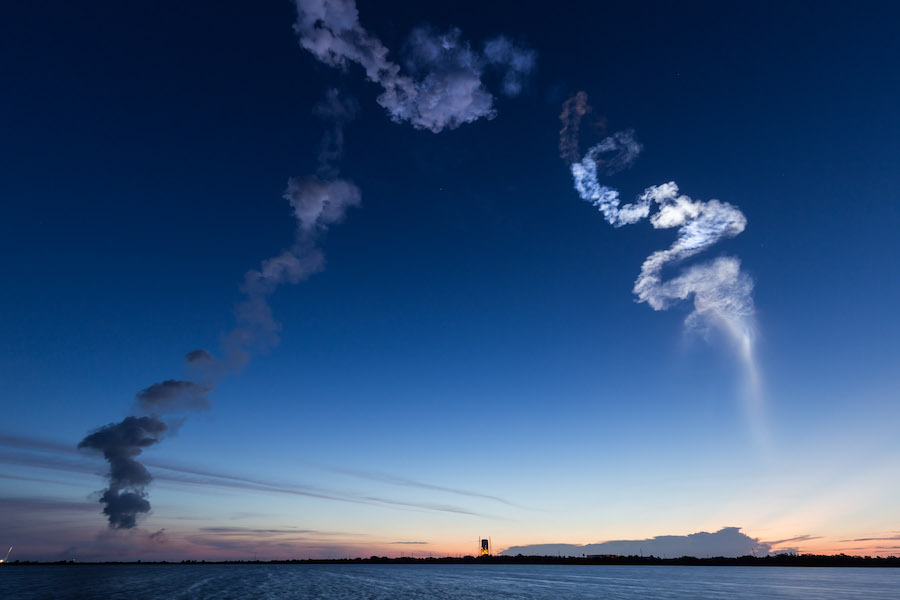
Email the author.
Follow Stephen Clark on Twitter: @StephenClark1.



